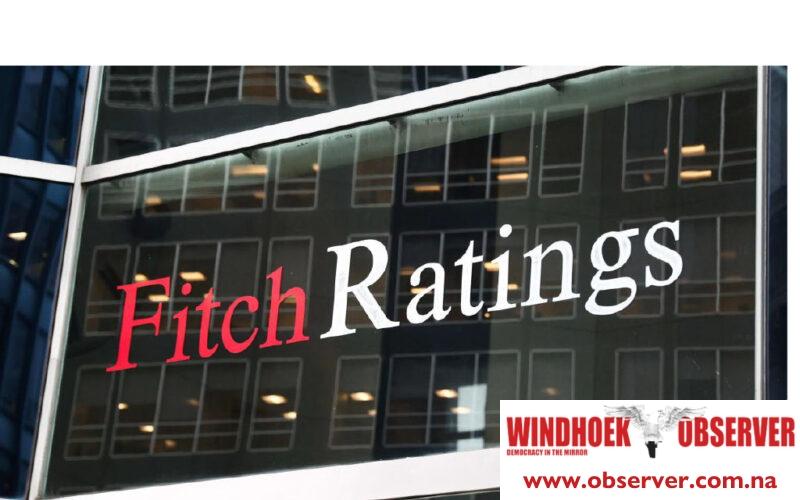Niël Terblanché
Fitch Ratings has affirmed Namibia’s long-term foreign currency issuer default rating, maintaining a stable outlook.
Fitch also recognised Namibia’s BB country ceiling, one notch above the sovereign rating.
The international rating agency pointed out the country’s relatively strong institutional framework and governance standards but cautioned that high public debt, fiscal deficits, and declining revenues present challenges to long-term stability.
According to Fitch, Namibia’s ratings are supported by its strong governance indicators and institutional framework relative to rating peers, with its large non-banking financial sector offering flexibility in fiscal financing.
“However, these strengths are offset by high fiscal deficits and government debt relative to peers, large fiscal financing needs and a rigid expenditure profile,” Fitch said on its website.
Economic growth is expected to recover modestly, with real GDP forecast to grow by 3.8% in 2025 following a slowdown to 3.7% in 2024.
The agency noted that improved rainfall should revive the agriculture sector, while tourism, transportation, and trade are also expected to support the recovery.
Increased uranium and gold production could contribute to growth, although diamond output may remain subdued due to lower international prices.
Oil and gas exploration has contributed to recent economic activity, but Fitch expects this momentum to slow by 2026 in the absence of final investment decisions.
“We have not factored in the potential impact of hydrocarbon production and large new foreign-funded renewable energy projects on growth and fiscal projections due to uncertainty over their commercial viability and implementation timelines,” the agency stated.
Inflation is projected to ease to 4.0% in 2025, down slightly from 4.2% in 2024. The Bank of Namibia has kept its policy rate steady at 6.75% since August 2024, after a series of rate cuts.
Fitch believes the central bank’s stance remains aligned with maintaining the currency peg between the Namibian dollar and the South African rand.
The outlook for government revenue is not favourable.
“Diamond-related revenues fell below 1% of GDP in FY24 from about 2% the year before, and a rebound is unlikely,” Fitch said.
The agency also expects Southern African Customs Union (SACU) receipts to decline by 24% in the current fiscal year.
With general government revenue forecast to drop to 33% of GDP in FY25 and further to 32% in FY26, fiscal space is expected to narrow.
According to the agency, the government has delayed adjusting income tax brackets and plans to reduce the non-mining corporate tax rate to 28% by FY26.
It added that this will be partially offset by the introduction of a 10% dividend tax in January 2026 and improved tax administration.
The fiscal deficit is anticipated to widen to 5.0% of GDP in FY25, exceeding the government’s target and the projected median for countries with similar ratings.
“Spending pressures will persist due to high social expenditure and debt servicing,” the report said.
According to the agency, gross borrowing needs are set to rise to 32% of GDP this fiscal year due to the maturity of a USD 750 million (approximately N$14.1 billion) eurobond in October.
Half of this will be paid from Namibia’s sinking funds, with the remainder financed through external or domestic sources.
Despite the increase, Fitch views refinancing risk as contained, given the country’s robust non-bank financial sector and strong domestic demand for government securities.
Fitch estimates that Namibia’s general government debt will stabilise at around 65% of GDP, although this remains well above the 2024 BB peer median of 53.8%.
The interest-to-revenue ratio is also projected to rise above peer averages.
Namibia’s current account deficit reached 15.4% of GDP in 2024, mainly due to large imports related to energy infrastructure.
The agency predicts that foreign direct investment will largely cover this elevated deficit..
International reserves are projected to fall to USD 2.8 billion (approximately N$52.6 billion) after bond repayments, but will still be sufficient to support the currency peg.




